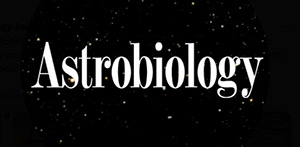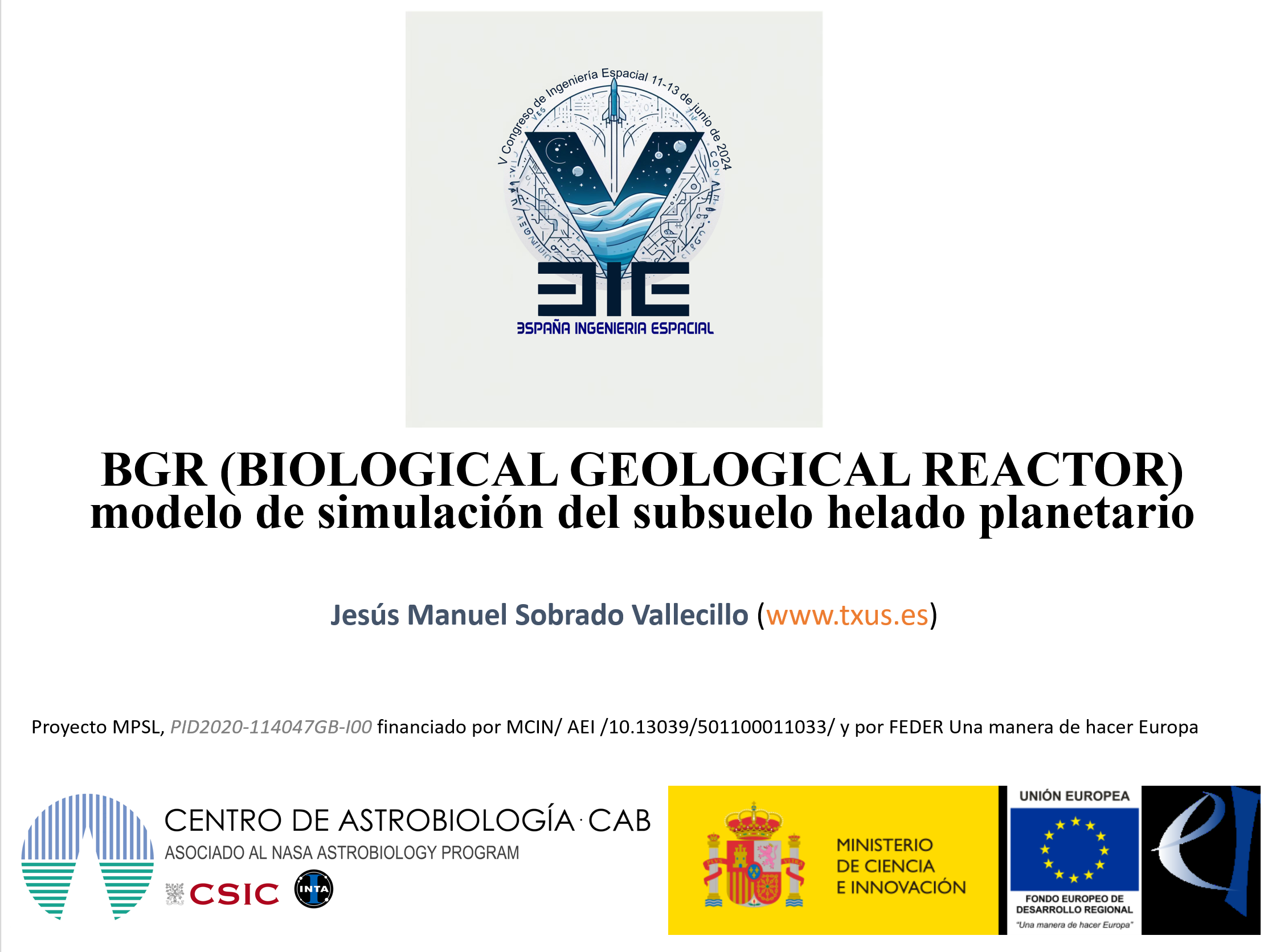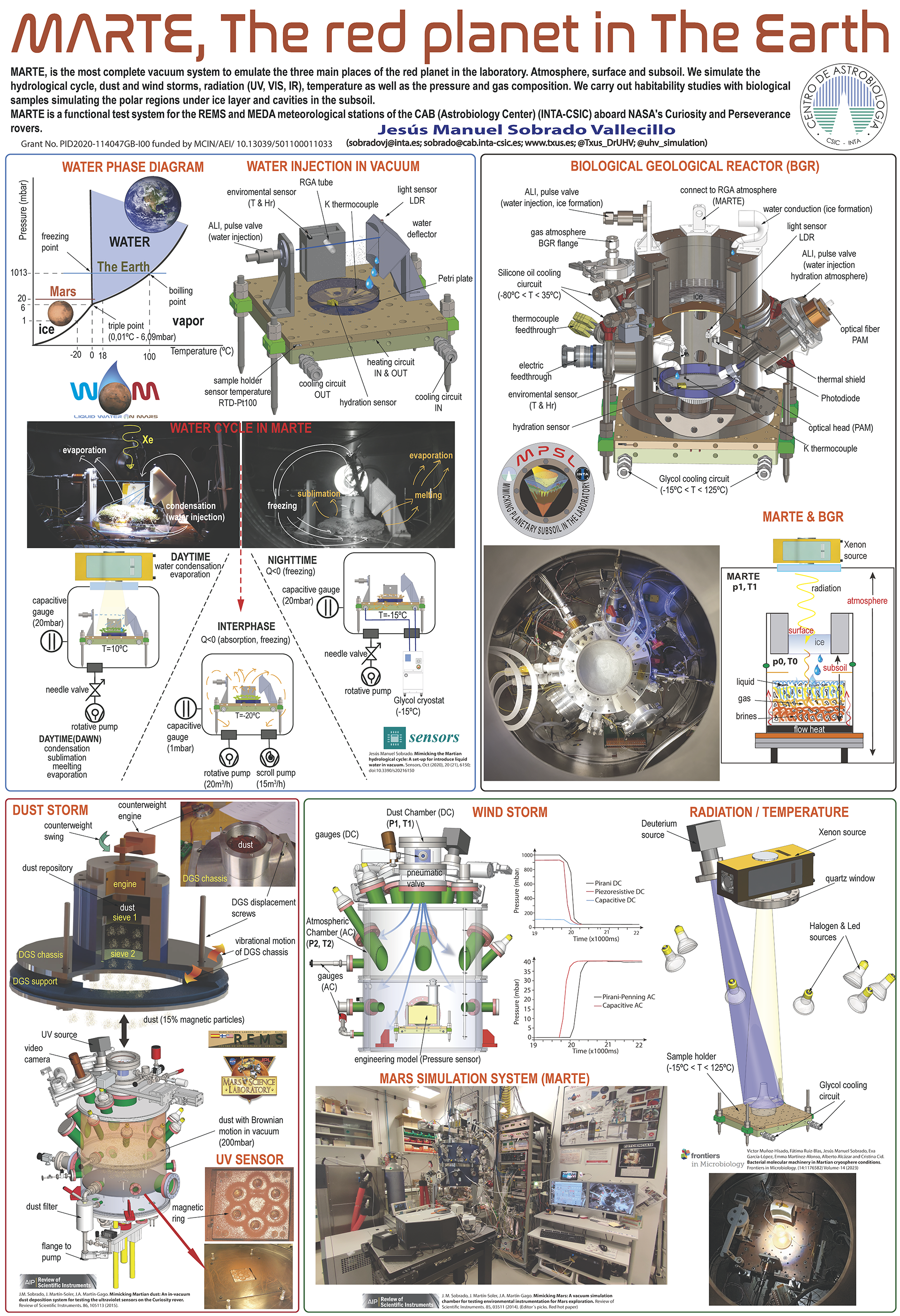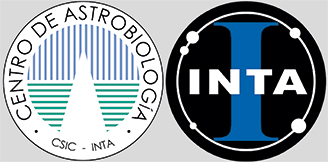MARTE, The red planet in the Earth
One of the main scientific and technological challenges in planetary sciences is to simulate in the laboratory
environmental phenomena of planetary objects with the greatest relevance in relation to the origin and evolution of life.
The MARTE chamber of the Centro de Astrobiologia
brings together in a single piece of equipment the technology to
be able to recreate any extreme environment such as the red planet. In a single system, atmospheric environments and
events such as wind and dust storms are recreated, as well as the compatibility and existence of liquid water in vacuum.
We simulate the hydrological cycle in the atmosphere, on the surface and in the subsoil under an ice sheet. The study of
these phenomena is characterized in real time by means of sensors and vacuum spectroscopic techniques, which
makes it possible to analyze and study any type of electromechanical device or organic or mineral compound in the most realistic conditions possible in this extreme environment.
Poster del congreso EANA 2023, European Astrobiology Network Association, Madrid 19-22 septiembre. |







